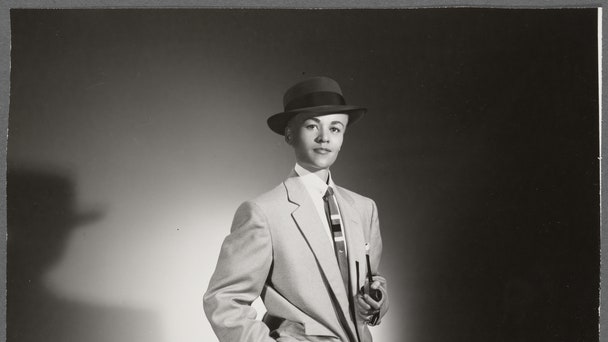The Legacy of Female Dandyism
When discussing dandyism—a central theme of the exhibition “Superfine: Tailoring Black Style” at the Met’s Costume Institute—most often, we envision men such as Oscar Wilde or contemporary icons like A$AP Rocky. However, history reveals that women, too, have embraced flamboyant styles synonymous with dandyism, often challenging gender norms in the process.
The Absence of Female Dandies
While the documentation of female dandies is sparse, it’s a common issue rooted in the visibility of these communities. Eleanor Medhurst, author of Unsuitable: A History of Lesbian Fashion, explains, “The invisibility of these communities often makes it so that trends can’t develop in the same way that they would in the mainstream.” Despite this, a few trailblazers stand out in the historical record.
Christina, Queen of Sweden: A Precursor to Dandyism
One notable figure is Christina, Queen of Sweden, who reigned from 1632 to 1654. Known for her androgynous dress and refusal to conform to the expectations of marriage, Christina showcased a unique style that blended elements of masculine fashion, such as cravats, into her wardrobe. While she predates the formal concept of dandyism, which emerged in the late 1700s, her bold approach has become an early example of female dandyism.
The Rise of Quainteelles and Dandizettes
As time progressed, women embodying the essence of dandyism acquired distinct identities, referred to as quaintrelles or dandizettes. However, these women did not necessarily exhibit the traditional masculine traits associated with male dandies; instead, they expressed their creativity and commitment to aesthetics through eccentric and striking fashion choices.
Dandyism and the Jazz Age
The Jazz Age marked a pivotal moment for women in fashion, particularly in the queer community. During the Harlem Renaissance, figures such as blues singers Gladys Bentley and Ma Rainey became emblematic of dandyism. Bentley notably rejected conventional feminine attire from a young age, ultimately adopting a sharp, dapper style characterized by her iconic white suit, coattails, and top hat.
Gladys Bentley: A Fashion Icon
Gladys Bentley’s influence was profound; her distinctive suiting became a statement against gender norms in the entertainment industry. Working at Harry Hansberry’s Clam House, a prominent gay speakeasy in Harlem, Bentley’s image was striking and memorable. In addition to her clothing, her persona broke boundaries and left an indelible mark on the culture of dandyism.
Ma Rainey: The Intersection of Fashion and Queerness
Though often depicted in more traditionally feminine attire, Ma Rainey’s lyrics reflected a bold embrace of queerness and non-conformity. In her song, “Prove It on Me Blues,” she sings, “It’s true I wear a collar and a tie, / Wear my clothes just like a fan.” This expression of identity through fashion resonated deeply with her audience, showcasing the powerful relationship between clothing and self-identity.
Conclusion: Celebrating Female Dandyism
The narrative of dandyism is frequently associated with male figures, yet the contributions of women throughout history have been significant and transformative. By embracing gender nonconformity and eccentric aesthetics, female dandies like Christina, Gladys Bentley, and Ma Rainey have carved their own place in the history of fashion. As we explore these legacies, we celebrate the bold women who challenged societal norms and contributed to the rich tapestry of dandyism.
